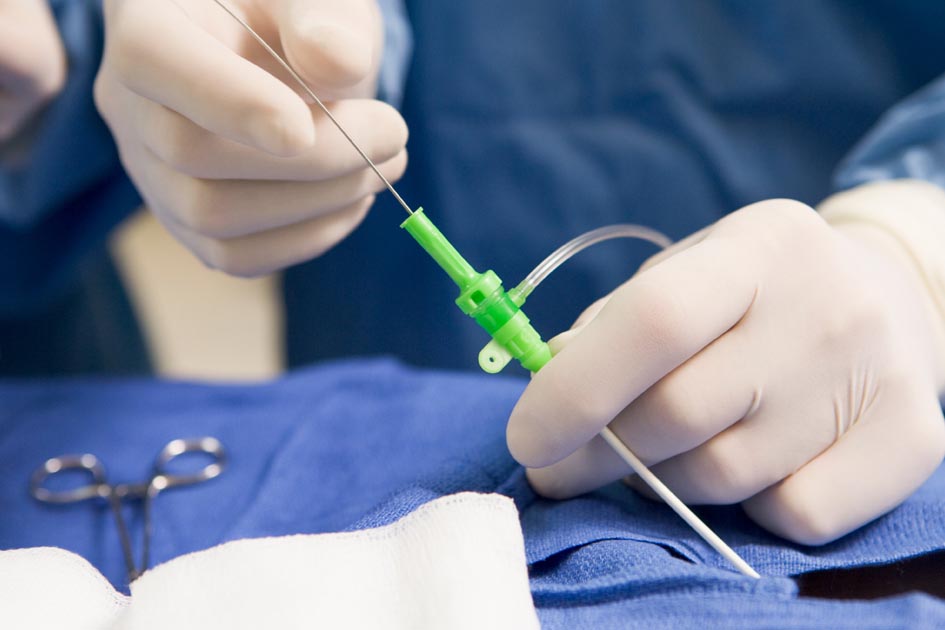What Causes Facial Pain and How to Get Relief
April 28, 2023
This article was reviewed by our Baystate Health team to ensure medical accuracy.
 Kamal K. Kalia, MD
View Profile
Kamal K. Kalia, MD
View Profile

Health & Wellness Tips
Related Articles
-
Coping with Illness
![Man on couch coughing into clenched fist.]()
What Is COPD? Understanding Symptoms & Early Signs
-
Your Healthcare
![Woman pharmacist behind pharmacy counter, providing male patient with their medication.]()
Medication Safety: How Pharmacists Help You Manage Your Meds
-
Coping with Illness
![New Alzheimer's Disease Drugs Receive FDA Approval, Offering Hope]()
New Alzheimer's Disease Drugs Receive FDA Approval, Offering Hope
-
Your Healthcare
![A smiling couple staring into each others eyes. The woman is laying on a bed, while the man is above her, with his face close to hers.]()
Navigating Low Libido: Insights & Solutions for Women
-
Your Healthcare
![an older Black man jogging in a park wearing headphones]()
Discover the Heart-Health Benefits of Weight Loss Medications
-
Coping with Illness
![surgeons in operating room performing heart bypass surgery]()
What is Heart Bypass Surgery? CABG Surgery Can Be a Lifesaver
-
Your Healthcare
![cardiac catheterization]()
Cardiac Cath Lab: Pioneering Non-Surgical Heart Solutions
-
Coping with Illness
![cardiac myxoma heart tumor diagram]()
Can You Get Heart Cancer? It's Rare, but Yes. Learn the Symptoms
-
Coping with Illness
![a hugging couple coping with grief during the holidays]()
Grief During the Holidays: Ways to Celebrate While Grieving
-
Wellness & Prevention
![a woman discussing pancreatic cysts with her doctor, waiting for an MRI scan]()
Are Pancreatic Cysts Dangerous? Do They Cause Pancreatic Cancer?
Back to Top














